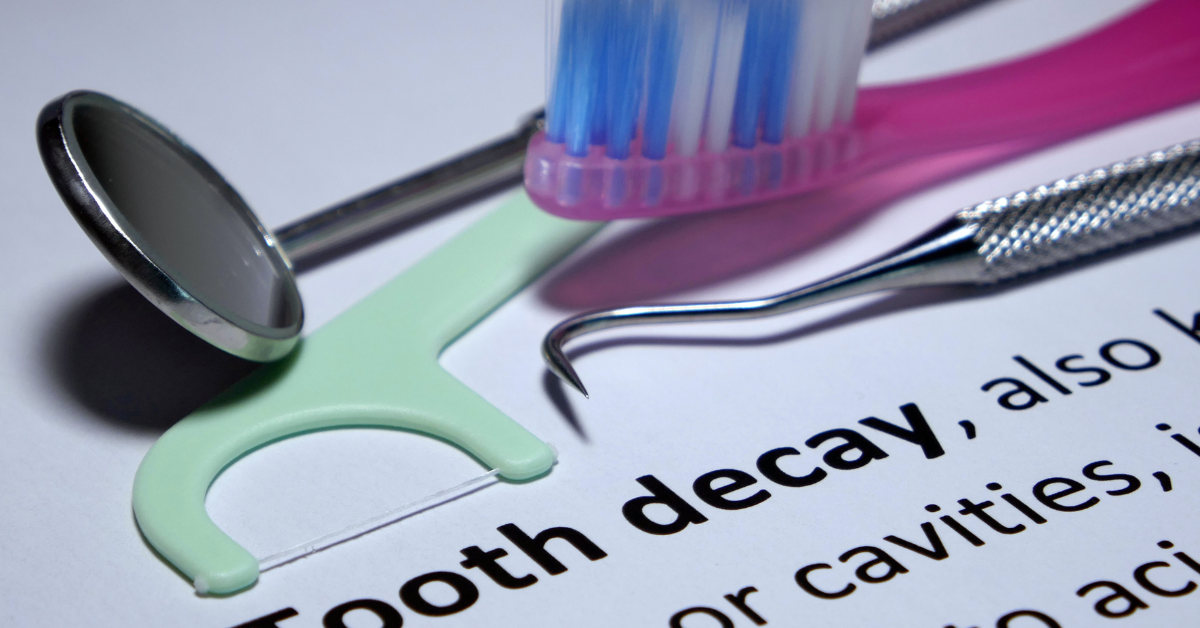Baby bottle tooth decay, also known as early childhood caries (ECC), is a significant dental health issue affecting infants and young children. This condition typically occurs when a child’s teeth are frequently exposed to sugary liquids, such as milk, formula, or juice, leading to severe tooth decay. Addressing baby bottle tooth decay is crucial to maintaining a child’s overall oral health and preventing future dental problems.
Understanding Baby Bottle Tooth Decay
Baby bottle tooth decay primarily affects the upper front teeth, although other teeth can also be impacted. The decay occurs due to prolonged exposure to sugary substances, which create an environment conducive to bacterial growth. These bacteria produce acids that erode tooth enamel, leading to cavities.
G.V. Black Classification of Dental Caries
The G.V. Black classification system categorizes dental caries based on their location on the tooth surface:
1. Class I: Cavities in the pits or fissures of occlusal surfaces of molars and premolars.
2. Class II: Cavities on the proximal surfaces (mesial or distal) of premolars and molars.
3. Class III: Cavities on the proximal surfaces of incisors and canines that do not involve the incisal edge.
4. Class IV: Cavities on the proximal surfaces of incisors and canines involve the incisal edge.
5. Class V: Cavities on the cervical third of the facial or lingual surfaces of any tooth.
6. Class VI: Cavities on the incisal edges of anterior teeth or the cusp tips of posterior teeth.
Specific Types of Caries
Nursing Bottle Caries
Nursing bottle caries, a form of early childhood caries, typically occur due to prolonged and frequent exposure to sugary liquids. The most affected teeth are the upper front teeth. Nursing bottle caries can develop when children fall asleep with bottles in their mouths, allowing the sugars to pool around the teeth for extended periods. Prevention includes avoiding bedtime bottles filled with sugary liquids, practicing good oral hygiene, and ensuring regular dental check-ups.
Rampant Caries
Rampant caries refer to widespread, severe tooth decay that affects multiple teeth simultaneously. This condition is often seen in children who have poor oral hygiene, high sugar intake, and irregular dental visits. Rampant caries can progress rapidly and lead to significant dental problems, including pain, infection, and tooth loss. Treatment typically involves comprehensive dental care, including fillings, crowns, or extractions, and emphasizing preventive measures.
Arrested Caries
Arrested caries are areas of decay that have stopped progressing. This can occur naturally if the environment in the mouth changes to favor remineralization over demineralization, such as through improved oral hygiene and dietary modifications. Arrested caries typically appear as dark, hard spots on the teeth. While these areas are no longer actively decaying, they still require monitoring to ensure they do not become active again.
Riga-Fede Disease
Riga-Fede disease is a rare condition that occurs in infants and young children, characterized by traumatic ulceration on the ventral surface of the tongue. This condition is usually caused by the repetitive trauma of the lower incisors against the tongue, often exacerbated by habits such as sucking or feeding. Management involves minimizing trauma, which may include smoothing or covering the offending teeth, and in some cases, discontinuing breastfeeding or bottle-feeding temporarily to allow the ulcers to heal.
Preventive Measures
1. Good Oral Hygiene: Begin cleaning a child’s mouth as soon as they are born by wiping their gums with a clean, damp cloth. Once teeth erupt, use a small, soft-bristled toothbrush with a tiny amount of fluoride toothpaste.
2. Healthy Feeding Practices: Avoid putting a child to bed with a bottle containing anything other than water. Encourage drinking from a cup as the child approaches their first birthday.
3. Regular Dental Visits: Schedule the child’s first dental visit by their first birthday and ensure regular check-ups.
4. Balanced Diet: Limit sugary snacks and drinks, and promote a balanced diet rich in fruits, vegetables, and dairy products.
Conclusion
Baby bottle tooth decay is a preventable condition that requires vigilance and proper dental care. Understanding the types of caries, such as nursing bottle caries, rampant caries, and arrested caries, helps in early identification and appropriate management. Additionally, recognizing conditions like Riga-Fede disease ensures timely intervention. By adopting preventive measures and fostering good oral hygiene habits from an early age, parents can safeguard their child’s dental health and lay the foundation for a lifetime of healthy smiles.








